Idrw Team
SOURCE: IDRW.ORG TEAM.
Argentina’s defense landscape stands at a crossroads as the country grapples with the daunting task of modernizing its armed forces amidst fiscal constraints and geopolitical hurdles. Despite promises made by the new president to revitalize the country’s defense capabilities, experts question the feasibility of such ambitions given the harsh fiscal realities facing the government.
The Argentine Air Force (FAA) has long sought to bolster its fleet of fighter aircraft, particularly following the retirement of the aging Dassault Mirage III and its variants in 2015. With the A-4AR Fightinghawk serving as the mainstay of Argentina’s air defense, the urgent need for modernization has become increasingly apparent.
Continue readingSOURCE: IDRW.ORG TEAM.

India’s elite Parachute Special Forces (Para SF) are evaluating the IWI ARAD assault rifle as a potential replacement for their current M4 rifles. This move signifies the Para SF’s commitment to staying at the forefront of combat effectiveness.
The IWI ARAD is designed for adaptability, catering to infantry, special forces, and law enforcement units. Its key feature lies in its caliber convertibility. The rifle can seamlessly switch between the standard 5.56x45mm NATO ammunition and the .300 Blackout (BLK) round, offering greater flexibility for various combat scenarios.
Continue readingSOURCE: IDRW.ORG TEAM.

Solar Industries India Limited (SOLARINDS) has achieved a significant milestone in Indian air warfare capabilities. Satyanarayan Nandlal Nuwal, Chairman of SOLARINDS, confirmed successful test flights of their indigenously developed 125kg bomb onboard Su-30MKI fighter jets.
This bomb is part of the Make-II Defence Production program, aiming to equip the Indian Air Force (IAF) with a versatile and domestically produced air-to-ground weapon. Designed as a universal bomb, it shares similarities with the widely used MK-81 bomb and is expected to seamlessly integrate with existing IAF aircraft, including the Mirage-2000.
Continue readingSOURCE: IDRW.ORG TEAM.

The Indian Air Force (IAF) is preparing to elevate its special forces training with the procurement of a Vertical Wind Tunnel (VWT). This advanced technology simulates realistic free-fall conditions, offering unparalleled training opportunities for the elite Garud Commando Force.
As the special forces unit of the IAF, the Garud Commandos shoulder critical responsibilities. They specialize in counter-terrorism operations, hostage rescue, protection of vital IAF assets, and unique air force-centric special operations. Since their establishment in 2004, the Garuds have proven their mettle in various missions.
Continue readingSOURCE: IDRW.ORG TEAM.
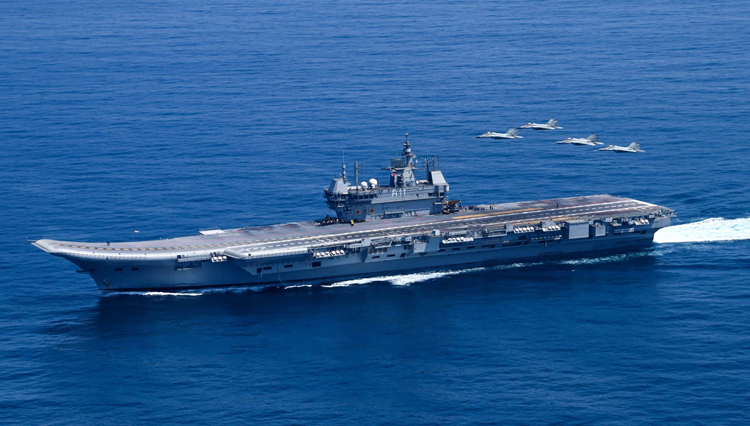
The Indian Navy has reportedly submitted a formal proposal to the government for the construction of a third aircraft carrier. This proposed vessel would be the second indigenously built carrier for India, signifying a major stride in the nation’s quest for self-reliance in defense manufacturing.
Indian defense analysts believe that this new aircraft carrier is crucial for India’s ambitions of becoming the dominant power in the Indian Ocean Region (IOR). A strong naval presence with robust carrier capabilities is seen as a key factor in achieving this goal.
Continue readingSOURCE: IDRW.ORG TEAM.
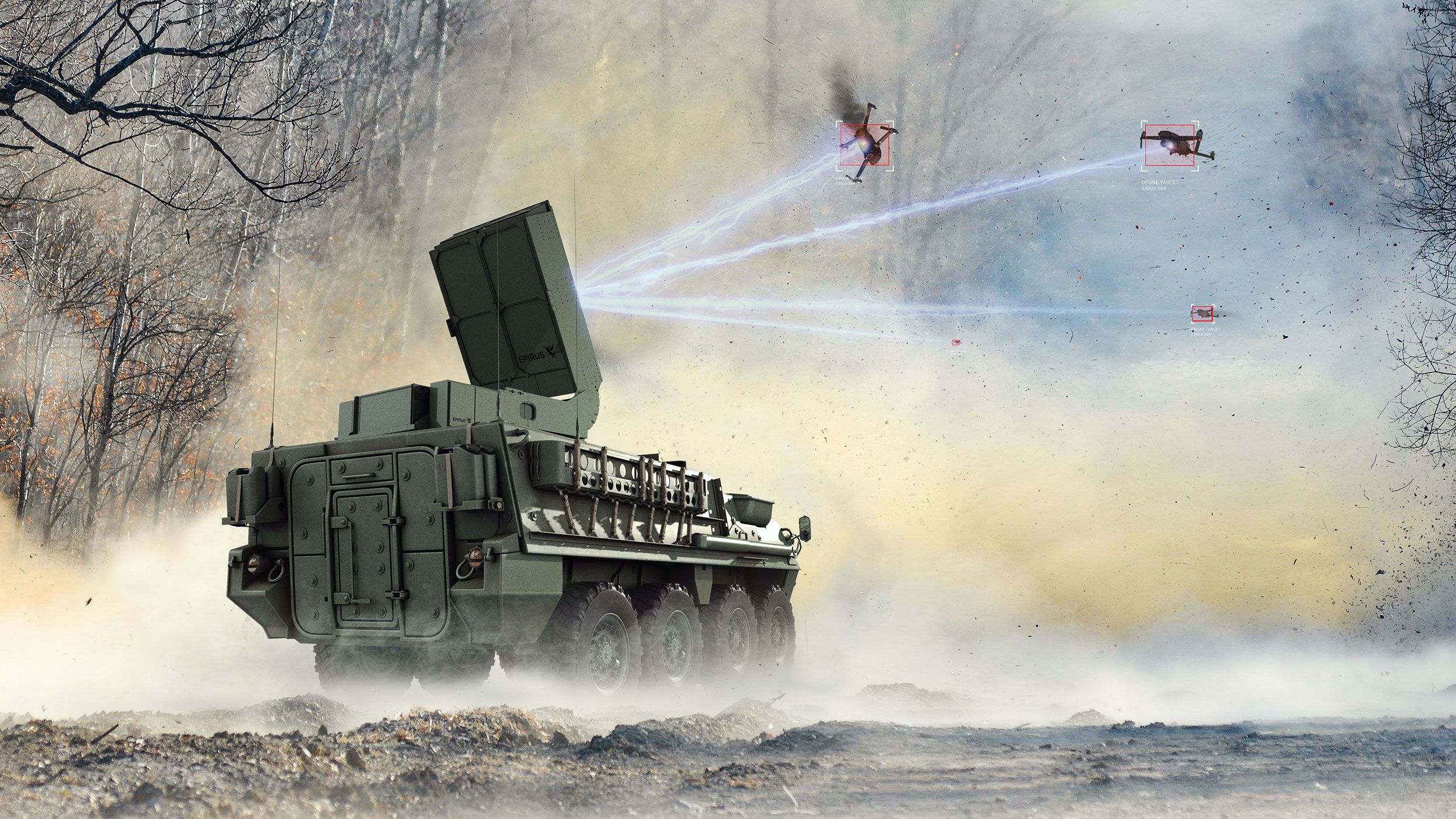
In the modern battlefield, unmanned aerial vehicles (UAVs) or drones have become an increasingly prevalent threat, capable of gathering intelligence, conducting surveillance, and even delivering payloads to targets. Recognizing the critical need to counter this evolving threat, the Indian Ministry of Defence has initiated the iDEX challenge to develop an Anti-Drone System specifically tailored for integration with armored vehicles such as the T-72, T-90, BMP, and Arjun tanks.
This system aims to detect, identify/classify, track, and neutralize enemy drones’ RF transmissions without altering the existing platforms.
Continue readingSOURCE: IDRW.ORG
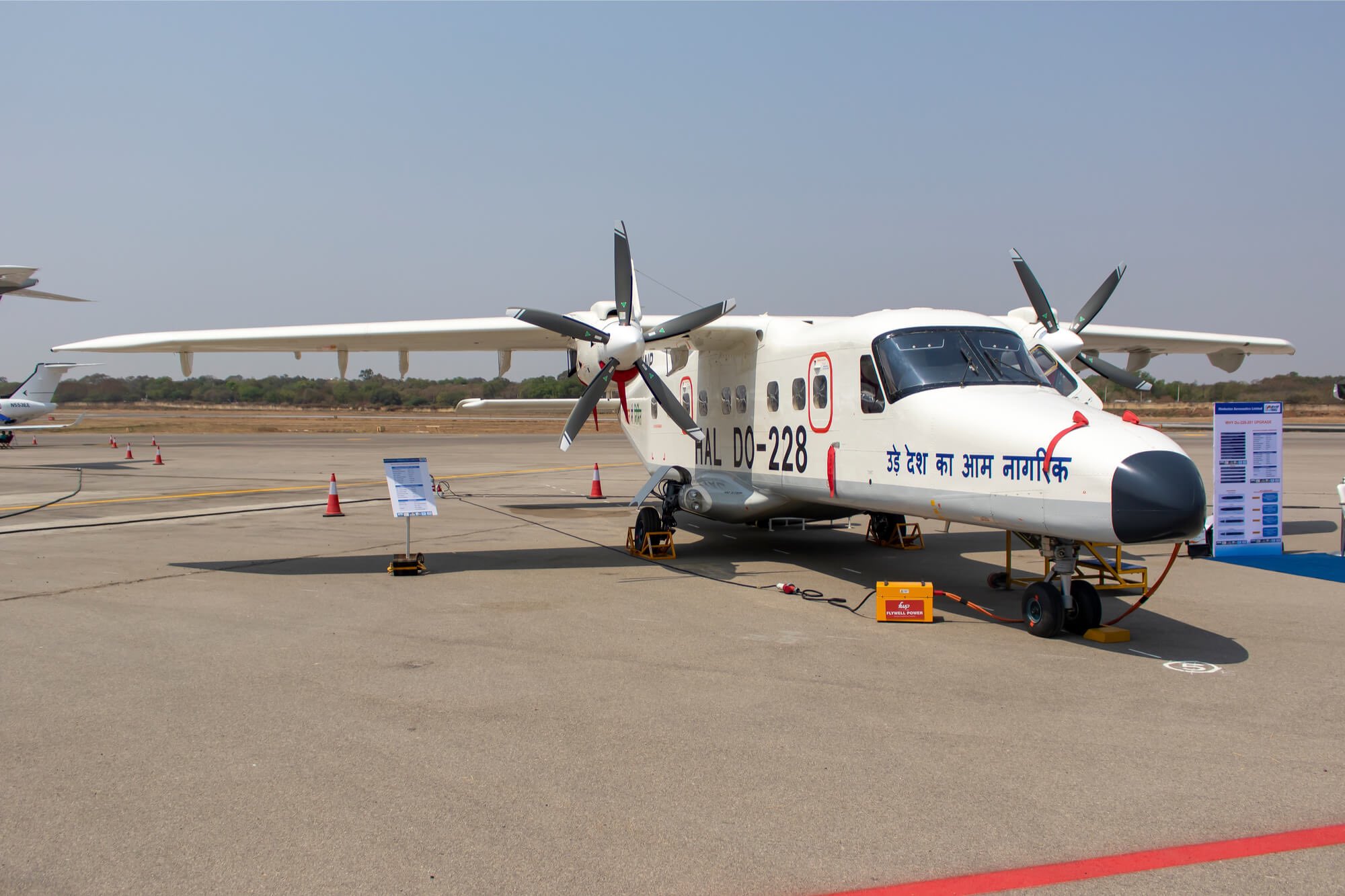
The Guyana Defence Force (GDF) has secured a $23.27 million USD loan from the Export-Import Bank of India (EXIM Bank) to acquire two Dornier Do-228 aircraft manufactured by Hindustan Aeronautics Limited (HAL) of India. This agreement marks a significant step forward in the GDF’s ongoing modernization efforts.
The financing deal was signed on Friday by Guyana’s Finance Minister, Dr. Ashni Singh, and Deputy General Manager of EXIM Bank, Sanjay Lamba. The Guyana Ministry of Finance credits President Ali’s visit to HAL in January 2023 as the impetus for this agreement. While the official announcement did not specify the aircraft model, previous pronouncements by the Guyanese government had indicated their interest in acquiring two Dornier 228 planes.
Continue readingSOURCE: IDRW.ORG TEAM.

The Indian Army is set to receive a boost in firepower later this year with the arrival of six AH-64 Apache attack helicopters from Boeing. These aerial warriors will sport a distinctive sand camouflage paint scheme, specifically designed to provide them with an edge in the arid regions of western India.
Sand camouflage, also known as desert camouflage, utilizes a blend of light brown, tan, and sometimes green tones. This mimics the natural colors of sandy landscapes and rocky outcrops, making the helicopter a tougher target to spot for enemy forces on the ground. By breaking up the helicopter’s outline, especially from afar, sand camo enhances its survivability.
Continue readingSOURCE: IDRW.ORG TEAM.

Researchers from the Indian Institutes of Technology (IIT) Mandi and Palakkad have unveiled a groundbreaking innovation – a marine robot designed specifically for real-time underwater tasks. This state-of-the-the-art robot promises to revolutionize underwater operations by enhancing efficiency, reducing risks, and minimizing costs.
The robot’s key strength lies in its ability to address problems in real-time. Unlike traditional methods, which may involve human divers or bulky remotely operated vehicles (ROVs), this robot offers a more agile and adaptable solution. It can quickly assess situations and provide immediate feedback, allowing for faster decision-making and problem-solving during underwater operations.
Continue readingSOURCE: IDRW.ORG TEAM.
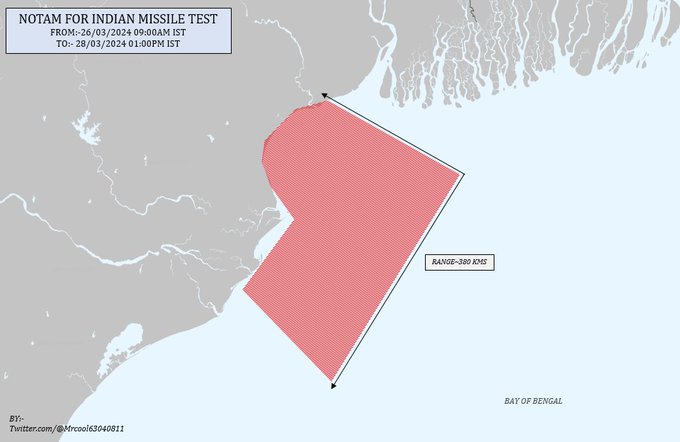
@Mrcool63040811
India’s recent issuance of a Notice to Airmen (NOTAM) for a missile test in the Bay of Bengal has sparked speculation and interest in the defense community. Scheduled from March 26th to April 28th, 2024, with a designated area spanning 380 kilometers, the test has piqued curiosity regarding the nature and capabilities of the missile being tested. While speculation abounds, the specifics of the test remain shrouded in secrecy until its completion.
The issuance of a NOTAM for a missile test is not uncommon, especially for countries actively engaged in the development and testing of military hardware. In the case of India’s recent NOTAM, the designated area in the Bay of Bengal indicates that the test will likely involve the firing of a missile over a specified trajectory within the designated range.
Continue readingSOURCE: IDRW.ORG TEAM.
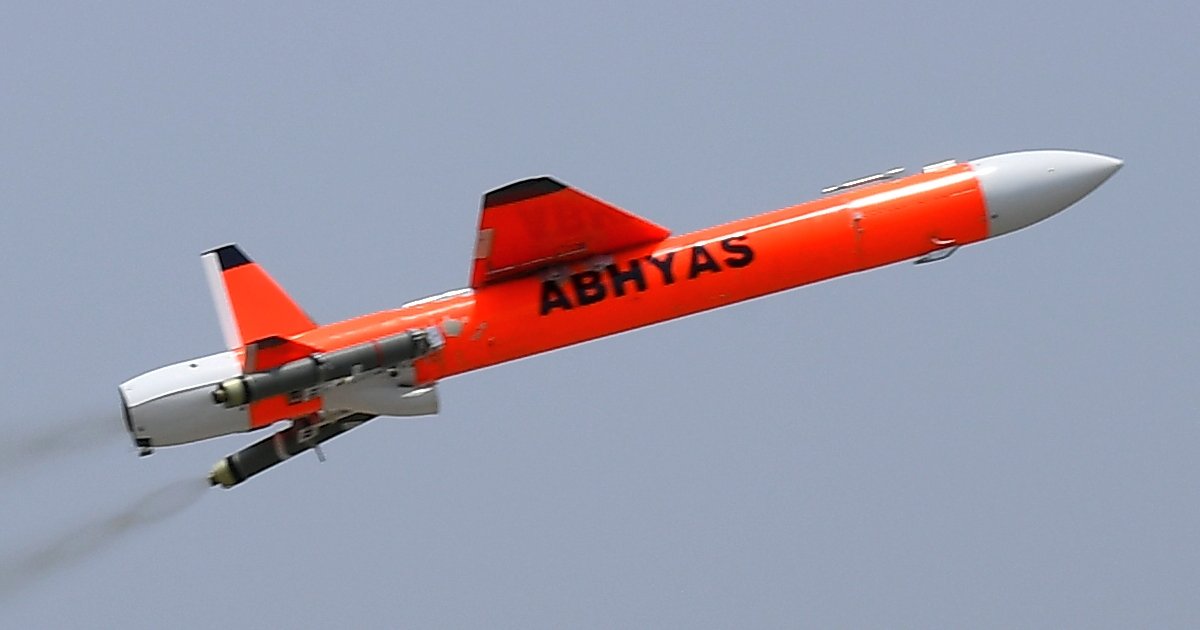
India’s Defence Research and Development Organisation (DRDO) has achieved a significant milestone with the successful completion of recent flight trials of the high-speed expendable aerial target (HEAT) named ‘ABHYAS.’
Conducted at the Integrated Test Range in Odisha, the trials focused on achieving key mission objectives. This included validating the effectiveness of a revised, robust configuration utilizing a single booster design. This streamlined approach not only reduces complexity but also paves the way for cost-effective production.
Continue readingSOURCE: IDRW.ORG TEAM.
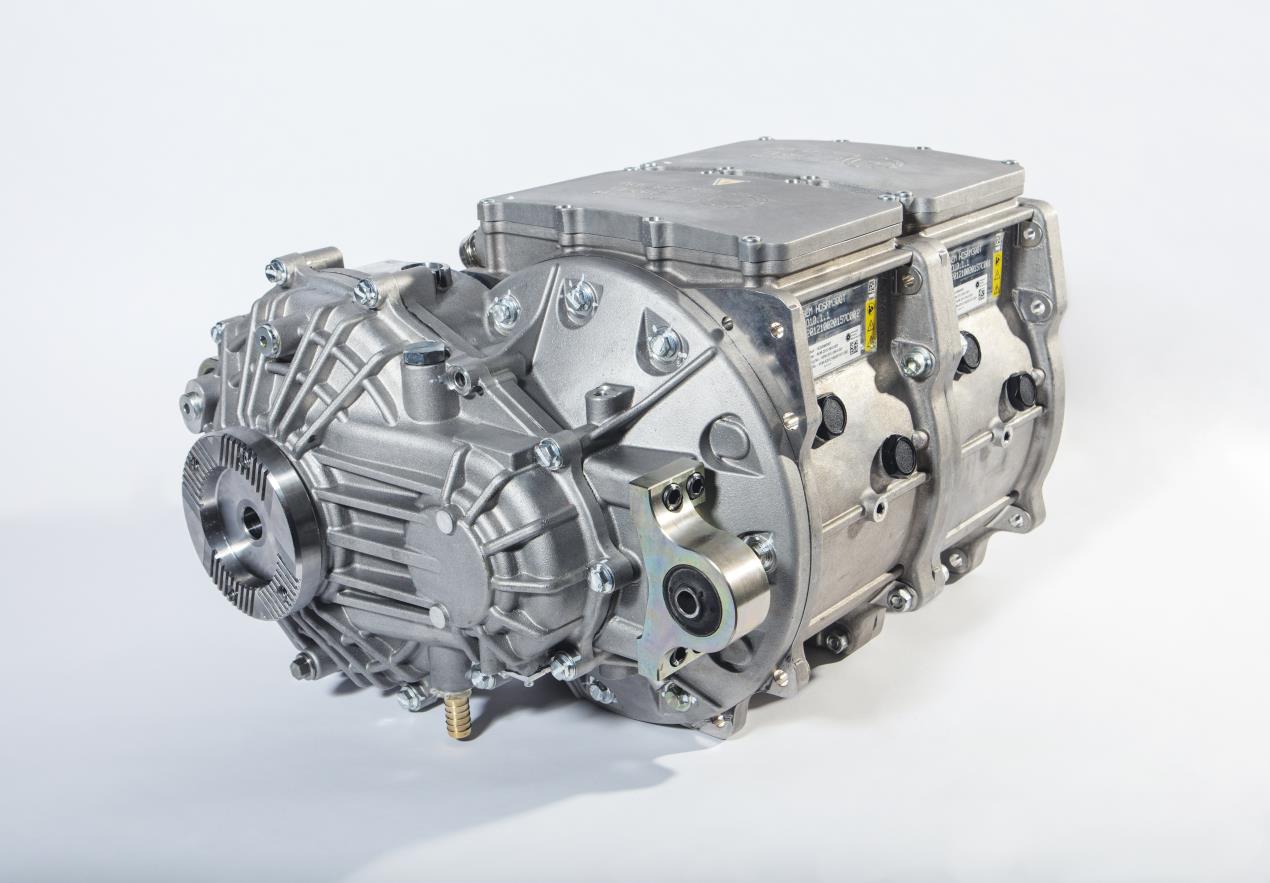
Indian jet engine startup Dg Propulsion Private Limited (DPPL) has achieved a significant milestone with its second patent, titled “A Power System for a Hybrid Electric Vehicle Comprising Micro Gas Turbine and Fuel Cell.” This innovative technology holds the potential to revolutionize the future of mobility by offering enhanced efficiency, reduced emissions, and a cleaner environment.
According to DPPL founder Prateek Dhawan, “The integration of a micro gas turbine and fuel cell in a hybrid electric vehicle promises enhanced efficiency, reduced emissions, and a cleaner future for mobility.” This hybrid system combines the best of both worlds: a fuel cell provides a quick response like a battery, while a micro gas turbine extends the vehicle’s range significantly.
Continue readingSOURCE: IDRW.ORG

In a development raising concerns, a Pakistani Navy ship, PNS Rizwan (A294), has been spotted undertaking an inward journey from China. While the exact purpose of the voyage remains unclear, analysts believe it could be linked to intelligence gathering activities in the Arabian Sea.
The ship’s features, as reported by Open Source Naval Intelligence Tracker (OSNIT), point towards potential espionage applications. The presence of tracking radars suggests the vessel might be equipped for telemetry and intelligence collection.
Continue readingSOURCE: IDRW.ORG TEAM.

India’s quest for a homegrown 5th generation fighter jet, the Advanced Medium Combat Aircraft (AMCA), has taken significant strides in recent years. This journey, however, wasn’t without its challenges. The seeds of the AMCA program were sown in 2008 when the Aeronautical Development Agency (ADA) received initial approval for its development.
Recognizing the need for experience in crafting such an advanced aircraft, India opted for collaboration with Russia in 2007. The plan was to co-develop a stealth fighter based on the Su-57. This joint venture, christened the Fifth Generation Fighter Aircraft (FGFA) program, faced roadblocks. The Indian Air Force (IAF) expressed concerns about the engine capabilities and overall stealth design offered by the Su-57 platform.
Continue readingSOURCE: IDRW.ORG TEAM.

The Indian Space Research Organisation (ISRO) is taking a bold step towards the future of rocket propulsion, announcing a collaborative effort with Hindustan Aeronautics Limited (HAL) and the National Aerospace Laboratories (NAL) to develop hybrid and electric propulsion systems. This tripartite initiative signifies India’s commitment to innovation and self-reliance in the space sector.
This move comes on the heels of ISRO’s successful 2022 test of a 30 kN hybrid rocket motor, demonstrating the organization’s potential in this exciting new technology. Hybrid rockets combine solid fuel with a liquid oxidizer, offering several advantages over traditional propulsion systems.
Continue reading